In the realm of art and aesthetics, colors hold the power to ignite our imaginations and breathe life into the world around us. Among the vast palette of hues, the intriguing combination of red and magenta stands out.
What happens when these intense colors collide, merging their vibrant personalities? The answer lies within the captivating world of color theory, where mixtures create new visual wonders.
In this article, I embark on an exploration, delving into the mysteries of red and magenta. I will uncover the mesmerizing outcome that emerges from their artistic union.
Prepare to be immersed in a tapestry of hues as I reveal what color red and magenta make when mixed.
What Color Does Red and Magenta Make When Mixed?
Red and magenta make a vibrant shade of purple when mixing paint. The combination of these colors results in a rich and captivating hue that lies between the depths of red and the brightness of magenta. This fusion showcases the harmonious interplay between warm and cool tones, giving rise to a color that exudes energy and elegance.
Definition and Characteristics of Red
Red is a vibrant and powerful color that captures attention. Its intense hue symbolizes a range of emotions and concepts in diverse cultures.
With its association with love, desire, and romance, red can ignite feelings of passion and intensity. It can also represent anger, danger, and courage.
The emotional impact of red is undeniable, evoking strong responses and commanding immediate attention.
In the RGB color model, red is represented as (255, 0, 0). In the HEX color code, red is represented as #FF0000.
In the CMYK color model, red is represented as (0%, 100%, 100%, 0%).
Read also: what color is cardinal red?
Definition and Characteristics of Magenta
Magenta, a captivating color that lies between purple and pink in the visible spectrum, possesses a vibrant and intense character.
It is a purplish-red or reddish-purple color, radiating with a lively and saturated presence. Magenta embraces its unconventionality, defying the norms of traditional color categorizations.
It embodies uniqueness, and originality, and serves as a symbol of creativity and imagination. This color is often associated with non-conformity and is capable of evoking a wide range of emotions.
Magenta can ignite passion, enthusiasm, and spirituality.
In the RGB color model, it’s represented as (255, 0, 255), while in the HEX color code, it is denoted as #FF00FF.
To make magenta dark, add a few drops of black paint.
The Color Mixing Theory
Color mixing is a fascinating process that allows us to create a vast spectrum of hues and shades by combining different colors. There are two primary methods of color mixing: additive and subtractive.
Additive color mixing occurs when colors of light are combined, such as in electronic displays. The primary colors in additive mixing are red, green, and blue.
By adjusting the intensities of these primary colors, we create a wide range of hues. Mixing two primary colors produces secondary colors, such as yellow, magenta, and cyan.
The subtractive color mixing is the combination of dyes or pigments to create new colors. In this model, the primary colors are cyan, magenta, and yellow.
When these primary colors combine, they absorb certain wavelengths of light, resulting in different colors. Red and magenta, both secondary colors in subtractive mixing, create a vibrant shade of purple when mixed.
Read also: What color purple and red make.
How to Mix Colors (Red and Magenta)
Step 1: Gather materials and prepare your workspace
Before starting the mixing process, ensure you have all the necessary materials and tools at hand.
Here’s what you’ll need for this process:
- Red paint (pure red pigment without added hues)
- Magenta paint (with a purplish undertone)
- Mixing palette or surface
- Clean brushes
- Water for rinsing brushes (if using water-based paints)
Set up your workspace in a well-lit area with ample room for comfortable mixing and experimentation.
Step 2: Squeeze red paint onto the palette
Take a small amount of red paint and squeeze it onto one side of the mixing palette. Ensure that the red paint you use is a pure red pigment without any added hues or variations.
Step 3: Add magenta paint to the palette
On the opposite side of the palette, squeeze an equal amount of magenta paint. Choose a magenta pigment that leans toward the purplish spectrum.
This will contribute to the desired final shade.
Step 4: Dip the brush in red paint and transfer it to the palette
Using a clean brush, dip it into the red paint and transfer a small amount onto a central area of the palette. This initial step helps establish the starting point for the color mixture.
Step 5: Rinse brush to remove red paint
Rinse the brush to remove any traces of red paint. This step will help avoid color contamination and maintain the purity of the mix.
Ensure the brush is clean before proceeding to the next step.
Step 6: Dip the brush in magenta paint and transfer it to the palette
Dip the clean brush into the nice magenta mixture and transfer it to the central area of the palette next to the red paint. The magenta paint will combine with the red paint during the mixing process.
Step 7: Blend red and magenta paints
Using the clean brush, start blending the red and magenta paints together. Use gentle strokes and mix well to achieve a consistent and even blend.
Continuously incorporate the two pigments until you achieve the desired color.
Step 8: Observe and adjust as needed
Take a moment to observe the resulting color. If you desire a deeper purple shade, add more magenta paint.
For a lighter or more vibrant hue, introduce a touch of red paint. Continue mixing and experimenting until you achieve your desired shade of purple.
Read also: what does teal and red make?
Table: Red and Magenta Shades
| Shade name | HEX code | RGB code | CMYK code | Color |
| Pink | #FF80BF | 255, 128, 191 | 0, 50, 25, 0 | color |
| Purple | #800080 | 128, 0, 128 | 0, 100, 0, 50 | color |
| Fuchsia | #FF00CC | 255, 0, 204 | 0, 100, 20, 0 | color |
| Raspberry | #E30B5D | 227, 11, 93 | 0, 95, 59, 11 | color |
| Plum | #8E3179 | 142, 49, 121 | 0, 66, 15, 44 | color |
| Quinacridone magenta | #8E3A59 | 142, 58, 89 | 0, 59, 37, 44 | color |
Factors Influencing the Result
When mixing magenta and red, several factors can influence the resulting color. These factors include:
Color pigment quality
The quality and characteristics of the red and magenta pigments used can affect the final color. This is due to the varying levels of opacity, transparency, and intensity.
Color proportions
The ratio of red to magenta used in the mixture plays a significant role in determining the resulting color. If you add more red, the resulting color will lean towards red.
A higher proportion of magenta will result in a color that leans towards magenta.
Color opacity
Red and magenta have different levels of opacity. A more opaque color will dominate and influence the final result more.
Color brightness
The brightness or intensity of red and magenta can influence the final color. Brighter colors tend to produce a more vibrant and saturated result.
Darker colors create a more muted or subdued hue.
Color temperature
Red and magenta have different temperature characteristics. Some red hues lean toward warmer tones, while certain magenta shades lean toward cooler tones.
The combination of these temperature characteristics can impact the resulting color’s warmth or coolness.
Lighting conditions
The lighting under which the mixed color is observed can also affect the perception of the resulting color.
Different lighting conditions alter the color’s appearance, making it seem brighter, warmer, or cooler.
Applications of Red and Magenta
Red and magenta, two distinct and vibrant colors, find their applications across various domains. Some of the practical and creative uses of red and magenta are:
- Design and branding
- Fashion and cosmetics
- Interior design
- Art and creativity
- Photography and visual effects
- Information and signaling
Does Red Purple Have a Meaning?
The term “red-purple” is not a standard color name used in color theory. However, it can be interpreted as a color resulting from a mixture of red and purple or as a shade that falls within the spectrum between purple and red colors.
In color psychology, both red and purple have their own meanings and associations.
Red is often associated with energy, passion, strength, and intensity. It can evoke feelings of excitement, power, and love.
Purple, is often associated with luxury, creativity, spirituality, and mystery. It evokes feelings of royalty, magic, and introspection.
Combining these two colors, you can speculate that “red purple” symbolizes a combination of the qualities associated with red and purple.
It could represent a passionate and powerful energy combined with a touch of creativity, spirituality, or mystery.
Why is Magenta not Red?
Magenta is not a shade of red due to fundamental differences in how colors are classified. Red is one of the primary colors, along with blue and yellow.
On the color wheel, magenta is positioned between red and blue. It is a secondary color because it is created by mixing red and blue together.
Unlike red, which is a primary color, magenta possesses a distinct and unique hue that sets it apart.
Magenta has its own distinct wavelength on the visible light spectrum and falls outside the range of pure red. It is often described as a purplish-red or reddish-purple color.
Its vibrant and intense appearance is attributed to the combination of red and blue light wavelengths stimulating our eyes.
Because of its properties, while looking for what two colors make navy blue paint, remember we have magenta and cyan.
What Color is Burgundy Red?
Burgundy red is a deep, dark red color that resembles the shade of red wine produced in the Burgundy region of France. It’s a rich, reddish-brown, or purplish-red hue.
Burgundy red is a dark red color combination and more muted than traditional bright red, with a subtle undertone of brown or purple. It’s a sophisticated, elegant color often associated with luxury, power, and refinement.
It can evoke a sense of warmth, depth, and timelessness as long as you master the burgundy color mix.
Know what colors make maroon, not to confuse it with burgundy and dark red. The three shades are close and may trick you unless careful. Therefore read about burgundy vs maroon color.
What Colors Can Be Used as Substitutes for Magenta?
When seeking substitutes for magenta, you can use several colors to approximate its appearance and qualities. While exact matches may not be possible, here are some colors that can serve as alternatives:
- Pink
- Purple
- Fuchsia
- Raspberry
- Plum
Interesting read: magenta vs pink
FAQs
Can you mix magenta with red?
Yes, you can mix red with magenta. Since magenta is a shade of red, they belong to the same color family. When mixed, the result will depend on the specific shades of red and magenta used. The mixture is likely to create the color purple.
Are red and magenta the same color?
No, red and magenta are not the same color. While they are both within the red color family, they are distinct hues. Red is a primary color, whereas magenta is a secondary color.
What color do you get when you mix red and purple?
When you mix red and purple, you are most likely to get a reddish-purple or a purplish-red hue. However, the resulting color will depend on the specific shades of red and purple you use.
Conclusion
Now that you know the results to expect when combining magenta and red, you have a world of possibilities to explore.
This enchanting color mixture serves as a reminder of the beauty and complexity found in the art of color mixing.
Whether you’re a painter, designer, or admirer of hues, exploring the realm of red and magenta unveils a kaleidoscope of emotions and visual delights.
So, let the alluring fusion of red and magenta spark your creativity and infuse your artistic endeavors with an extraordinary touch of wonder.

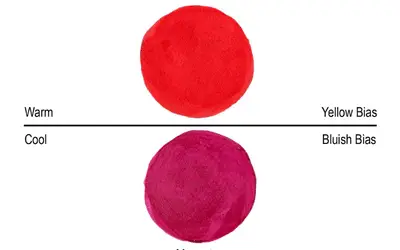
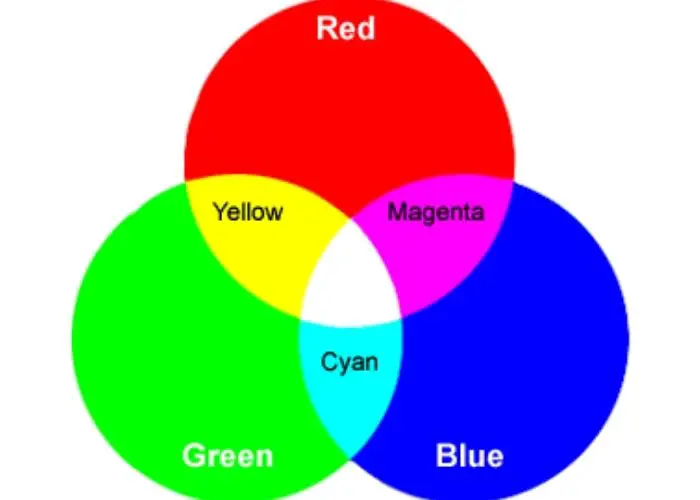
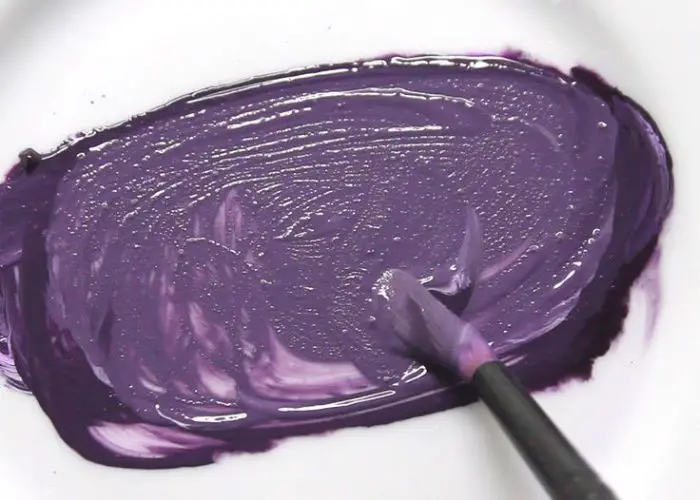
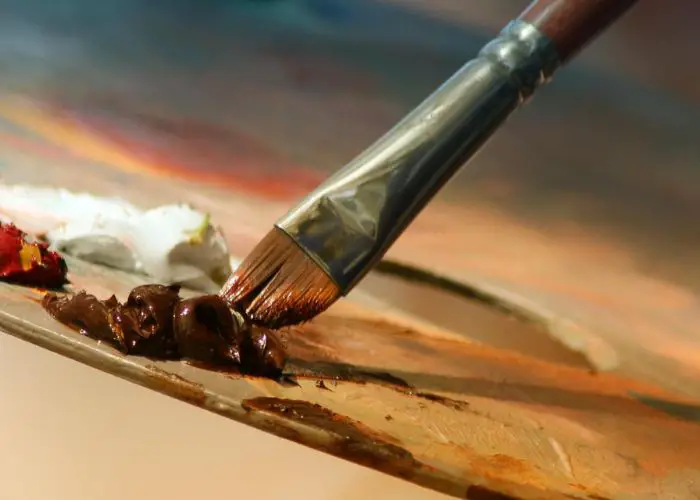
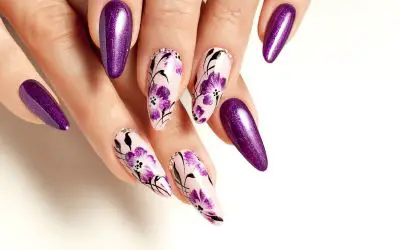



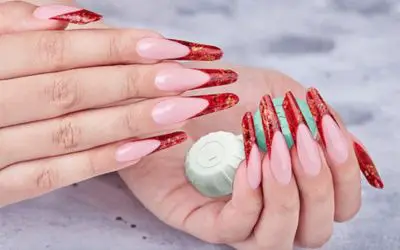
Leave a Reply